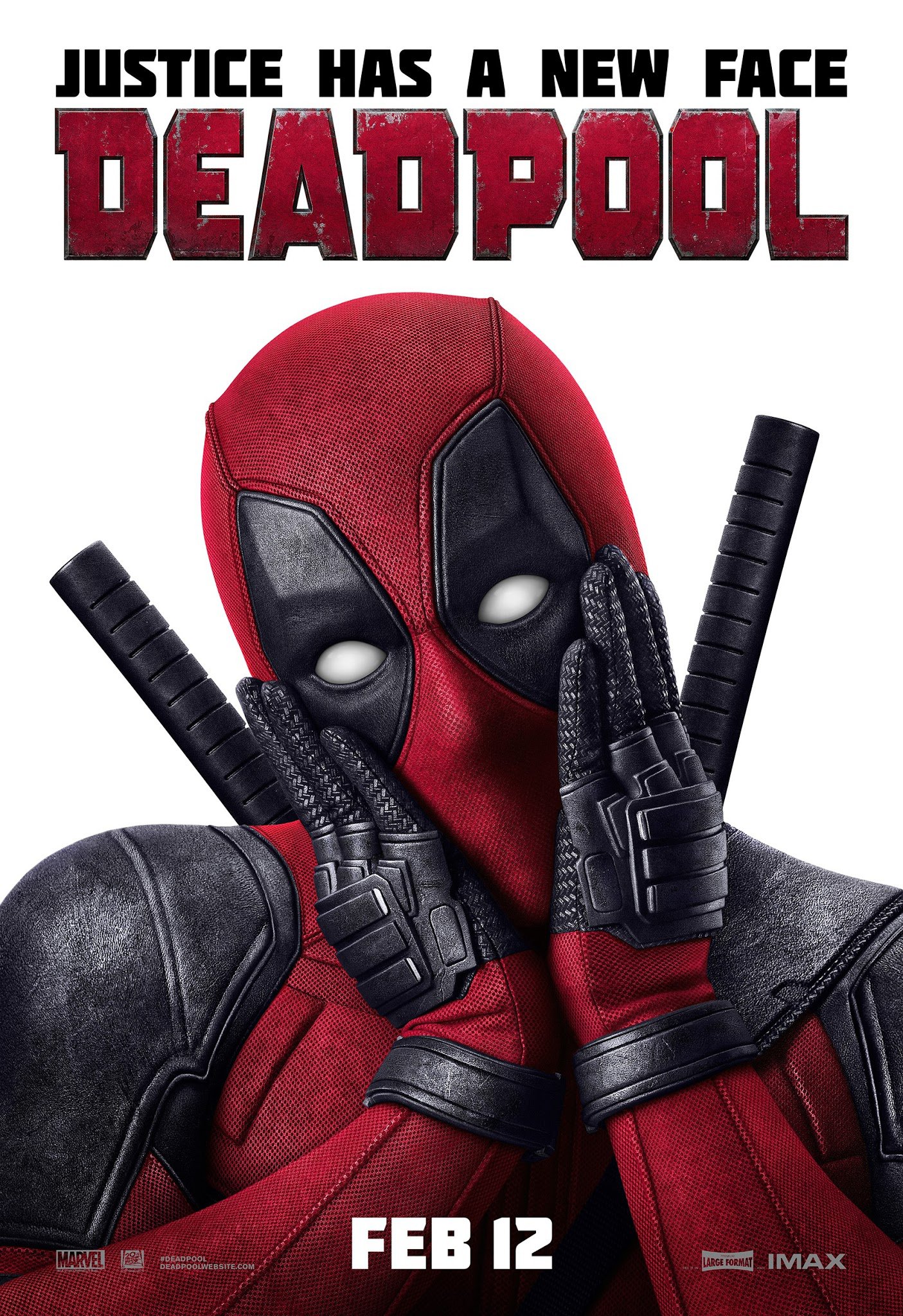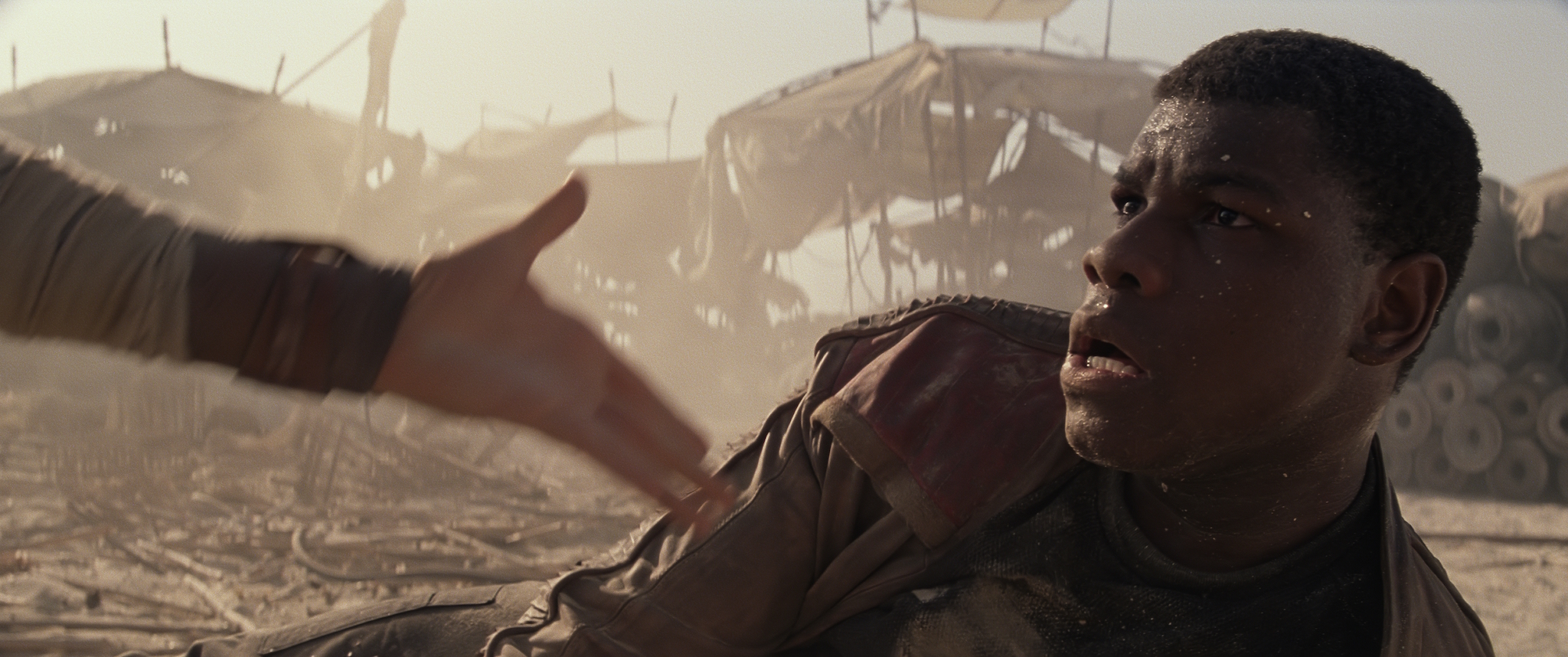Hello there, welcome to another issue of Morning Coffee.
Before we begin this issue, I want to let you know I’ve decided to limit the Star Wars talk to once a month. I love Star Wars as much as the next guy, but I don’t want to overdo it, and I do believe some things are best enjoyed in infrequent doses.
Don’t worry, we will cover the rest of The Force Awakens, but for now, it’s time for a change of pace. This week I want to talk to you about my favorite sport.
Issue #35: The one-handed backhand, and the future of tennis
Earlier this week I read this article by Richard Mills for Sports Illustrated.
It’s a great article on the reasons why, sadly, my favorite tennis stroke is becoming rarer and rarer with each passing generation. One-handed backhands used to be a lot more common in the past, but ever since the courts started getting slower and the game became more physical, it’s been slowly but surely fading away, and these days it’s almost considered a relic from a different era.
I can only think of a handful of active players with great one-handed backhands in the ATP circuit, and of those, there are only two players whose backhands could arguably be considered their stronger wing: Stan Wawrinka and Richard Gasquet.
As for the rest of the players who currently wield a one-hander — Federer included — the backhand is clearly their weaker side. Whenever they have a chance, they use their naturally stronger forehand to dictate play from the baseline, or to finish off rallies. When their opponents are on the offensive, it is usually the backhand side that they attack, and rightly so.
The one-handed backhand is a very difficult stroke to master, requiring exceptional timing and coordination to be executed well. Aesthetically, it has no equal, and when done properly, it can be a devastating weapon. It also teaches players to be more in tune with the ball, and helps them naturally improve the slice and the volley, two strokes where using only one hand is a must. Clearly, there are plenty of reasons to persevere in the learning and mastering of this beautiful shot.
However, due to its narrow margin of error, the one-handed backhand is prone to faltering under pressure. By contrast, the more popular two-handed backhand offers far more consistency and power, while allowing the players to defend and recover without giving up much of the initiative in the process. And since the game today is much more about power and speed than it is about finesse and technique, it’s no wonder the one-hander is becoming and endangered shot.
But there’s reason to hope. There have been players in the past for whom the backhand was not a weakness, but a fearsome weapon. Players like Alex Corretja, Cédric Pioline or Gustavo Kuerten — my favorite player of all time — who won three French Opens by effortlessly gliding over the clay courts of Roland Garros firing winner after winner off his backhand side with surgical precision.
Even Federer’s backhand, the shot that’s long been considered the Swiss’s weakness, was awe-inspiring in his prime. Despite struggling against Nadal’s high-bouncing balls on the clay, Federer was capable of creating winners out of nowhere from virtually any court position with it. In Federer’s case, it really needs to be said that his backhand could only be considered weak because of his comparatively monstrous forehand, perhaps the most decisive stroke in tennis history. In the hands of any other player, Federer’s backhand would probably have been considered a fantastic weapon, quite simply because it was — and still is, most of the time.
All that may not be enough to save the one-hander from extinction, though. Unless the game evolves once again into a more technical sport, its days in the pro circuit appear numbered. The volley will probably go down the same path, too, which would be a shame. Variety is tennis’s greatest asset, and if the sport’s decision-makers don’t get their act together, it may soon be gone for good.
In order to preserve variety in tennis, some courts need to get faster once again — grass is the most glaring example — while others need to remain slow. Only that way we’ll see variety return to the professional game, and only that way we’ll be able to ensure its survival.
The reason why tennis evolved this way over the past couple of decades is because TV sponsors and tournament organizers wanted matches to be longer, and more spectacular. They wanted sponsors and spectators to feel that their money had been well spent. And slowing the courts down is one way to achieve that, because with slower courts, offensive strokes don’t hurt rivals nearly as much, and rallies become longer, and more intense. And people love a good fight, don’t they?
The problem with that approach is that, if certain shots become irrelevant — or, rather, useless — why would players bother learning them in the first place? Especially shots that are naturally difficult to learn and require tons of practice, like the one-handed backhand, or the volley. And if players don’t learn to master those shots, pretty soon everybody is playing from the baseline in the exact same way, and it all becomes a matter of seeing who’s stronger, or who can keep going the longest.
In their quest for longer matches and a better ROI, the sport’s organizers may have killed the very thing that made tennis an interesting sport to watch in the first place.
Indeed, the sad consequence of their short-sightedness is that today’s tennis has evolved into a gladiatorial-like sport, where matches are often decided by sheer physical endurance, rather than actual tennis skills. Personally, I think that trend is making the sport incredibly tedious to watch. A 6-hour-long battle between two evenly matched opponents is a great spectacle, but it needs to be a rarity for it to be considered interesting, or even noteworthy. If there’s one of these every month, people are bound to get bored eventually, and I’d say we’re getting dangerously close to that scenario. I know I am.
All this doesn’t even take into account the fact that these longer matches will eventually take a toll on the players. There’s a very good chance that, as players push their bodies to their limit, we may start seeing more and more career-ending injuries, and that’s something nobody wants.
There’s still time to rectify the situation, but it will require some difficult and profound changes to be made at the sport’s highest levels of influence. I do hope the pendulum swings back in time, but make no mistake, the clock is ticking.
Now, let’s take a look at some of the week’s most interesting pieces of writing.
♢
Top Five: Donald Trump, Apple vs the FBI, the iPad as a Mac replacement, lessons from Deadpool, and a Canon 35mm lens shootout
Lots of cool stuff among this week’s links. Grab’em while they’re hot.
How America made Donald Trump unstoppable | Matt Taibbi →
Chilling article over at Rolling Stone:
A thousand ridiculous accidents needed to happen in the unlikeliest of sequences for it to be possible, but absent a dramatic turn of events – an early primary catastrophe, Mike Bloomberg ego-crashing the race, etc. – this boorish, monosyllabic TV tyrant with the attention span of an Xbox-playing 11-year-old really is set to lay waste to the most impenetrable oligarchy the Western world ever devised.
It turns out we let our electoral process devolve into something so fake and dysfunctional that any half-bright con man with the stones to try it could walk right through the front door and tear it to shreds on the first go.
And Trump is no half-bright con man, either. He’s way better than average.
I do hope America reacts before it’s too late. Trump in the White House is a future I don’t even want to imagine.
♤
Apple, the FBI, and security | Ben Thompson →
Ben Thompson had a thorough overview of the recent legal dispute between Apple and the FBI. There’s a lot at stake here, and we can’t afford to lose this one.
♧
Working on the iPad: one year later, still my favorite computer | Federico Viticci →
Federico Viticci is still happy using his iPad as his main computing device. Good for him, but I find myself in staunch opposition here. I mean, whatever works for you personally is great, and I’m all for choice, but I reject the narrative that the iPad is the better computer for most people, or that it is just a matter of time before we all ditch our Macs and go all-in on iOS.
To be clear, I’m not saying the iPad isn’t a great device, I’m just questioning if it’s good to replace a computer for most people, to take care of 100% of their computing needs. That’s a tall order, and one I’m not convinced the iPad is ready to fulfill yet.
This bit is particularly troubling:
In some corners of the Apple community, too, the iPad has suffered from faltering evangelism due to an unwillingness to recognize iOS as a valid productivity environment. Across multiple blogs and publications, the “you can’t get work done on an iPad” argument morphed from intriguing criticism to inconclusive meme that failed to understand the improvements of iOS 8 and iOS 9. For example, a common take on using the iPad as a primary computer I’ve seen is to dismiss it as “jumping through hoops” or, more amusingly, as “masochism”. Some of these opinions stem from a one-sided (and often patronizing) perspective: they usually come from programmers who have to use Macs – and only Macs – for a living.
There’s so much wrong with this paragraph that I don’t even know where to start. Assuming people dismiss the iPad because they don’t get it or are unwilling to open their eyes is an untenable position, and the very definition of patronizing if you ask me. The truth is, many people tried it, weren’t convinced, and moved on. It really is that simple, and that’s OK. The iPad doesn’t have to be all things to all people.
And it’s not just programmers, either. Anybody with non-mainstream computational needs — which is not to say, uncommon needs, mind you — will be better served by a traditional computer in most cases.
Clearly many people can get by on an iPad, and even prefer it. But Federico is not your typical user, either, as he seems to imply. He’s an advanced user by any reasonable criteria, and he’s proficient in his use of technology in a way that the vast majority of people simply aren’t.
For many people, working on the iPad is certainly possible, but I would still argue that it is far from being better than doing it on a Mac. And let’s not forget that just as iPads are becoming more capable, Macs are becoming more portable, too, so some of his stated reasons for preferring the iPad in the first place are becoming irrelevant:
OS X is a fantastic desktop operating system, but it runs on machines that increasingly don’t fit the lifestyle of users who, like me, can’t sit down at a desk every day. I can’t (and I don’t want to) depend on Macs anymore because I want a computer that can always be with me. The majority of the world’s population doesn’t care about Xcode. I want to use an OS without (what I see as) cruft of decades of desktop conventions. I want powerful, innovative apps that I can touch. An iPad is the embodiment of all this.
Other than the touch part, the new MacBook checks every one of those boxes, too. My point is, it’s not as clear cut as it seems.
But the thing that bothers me the most about this piece is perhaps the next paragraph:
The tide, however, is turning. Over the past year, it’s been fascinating to observe how, gradually, using an iPad as the primary or only computer has turned from a nerd chimera into an acceptable narrative. Contrary to two years ago (before the changes of iOS 8), I’ve read dozens of stories from Mac users who have started using an iPad as their main computer – in some cases, going as far as not using MacBooks anymore. Students, doctors, educators, artists, photographers who prefer iPads to Macs, designers, independent writers. I’m missing hundreds of other stories.
To say that the tide is turning based on such anecdotal evidence is, to put it mildly, greatly optimistic. I can’t help but feel a bit frustrated that this narrative — that the iPad is finally ready to replace Macs for the general population — continues to be pushed from certain people in the tech community. I honestly don’t see it in the real world, and iPad sales numbers certainly point towards a very different story.
These people, as well-intentioned as I take them to be, are not average users, and creating the perception that regular users not only can get by with an iPad, but that it will actually be better for them than a traditional computer, strikes me as a dangerous trend.
Again, if it works for Federico and the rest of them, who am I to judge? I’m happy that more people are finding ways to get more stuff done on the iPad. I just don’t think that will become the norm anytime soon, and suggesting otherwise seems premature at best.
♡
Hi-Ho silver lining! 6 lessons Hollywood can (hopefully) learn from the success of Deadpool | Adam X. Smith →
This was interesting to read. When a different movie breaks new ground and finds success, it’s easy to fall into the trap of simply copying the same formula and hoping for the same results, but the truth is usually more complicated than that. I hope studio executives everywhere are paying attention.
♢
Shootout: The Canon FD 35mm lenses | Jannik Peters →
And to finish this week’s issue, here’s a great comparison between three of the classic 35mm lenses for the Canon FD system. If you shoot film, or enjoy using vintage lenses on your digital camera with an adapter, you probably know that Canon FD lenses are some of the best bargains you can find on the Internet.
These pieces of glass were remarkably popular in the 70’s and early 80’s, and can usually be found in pretty good condition for pennies on the original dollar. And the good news is, many of them are pretty good optically, even by today’s standards. What’s not to love?
♤
Afterword
I’ve been recovering from a nasty stomach bug for the past few days, which is why the site has been a bit quieter than usual lately. I’m almost fully recovered by now, so things should return to normal soon.
I’m still trying to rest as much as possible and get my energy back, though, so I plan on spending the rest of my Sunday lazing on the couch and filling up on movies. If it’s cold where you live, I humbly suggest you do the same.
Thank you for reading, and have a lovely Sunday.









